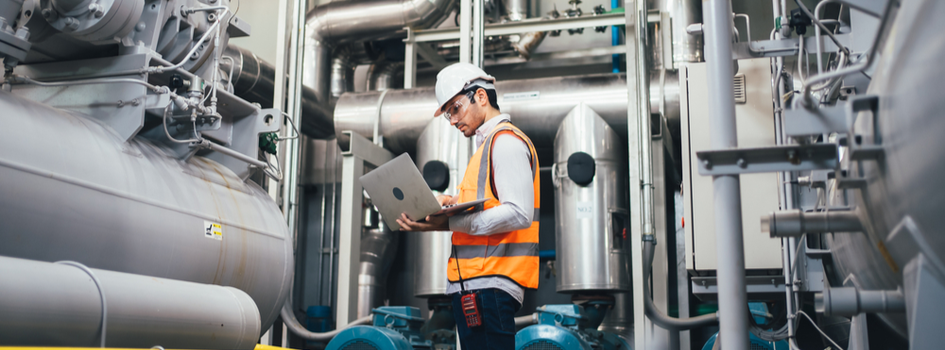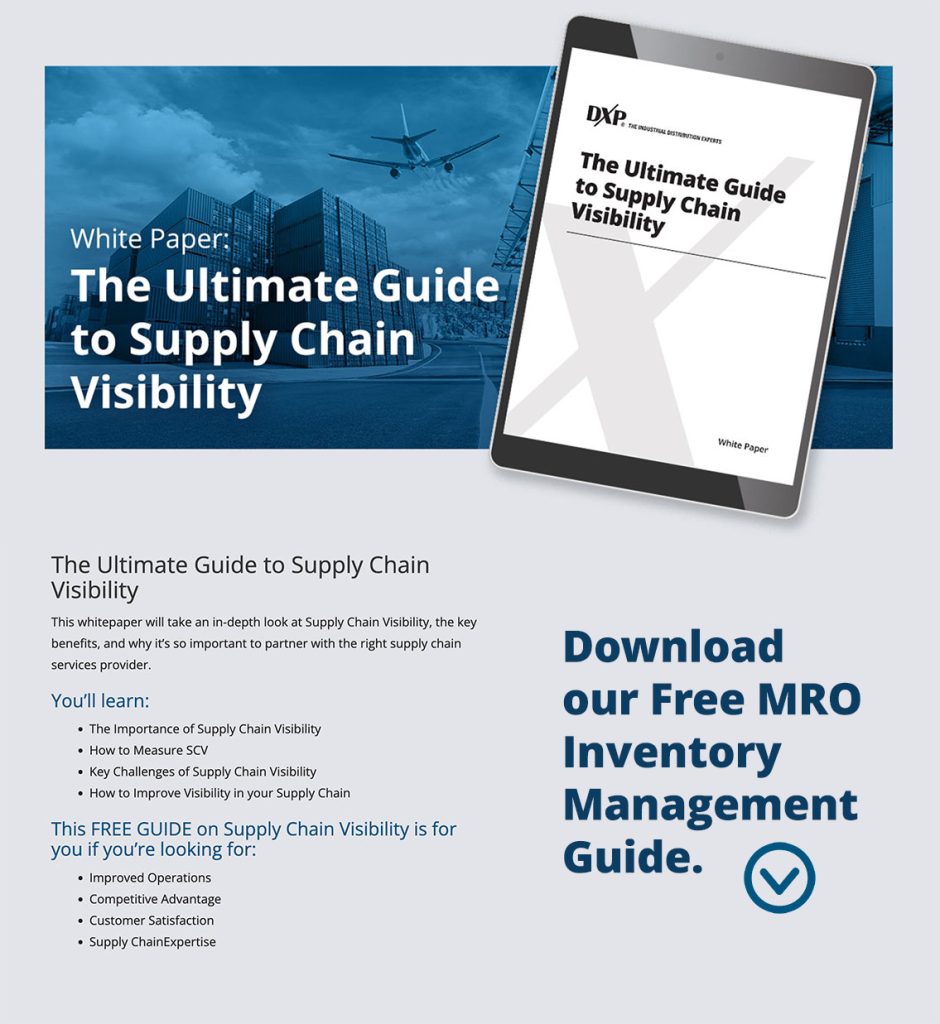
Choosing the Right Vibration Monitoring Solution for Rotating Equipment
In our ultra-competitive marketplace, organizations across virtually all industries constantly search for ways to improve margins, optimize productivity, and protect business continuity.
This drive has become particularly important for entities involved in industrial manufacturing processes, as even a relatively short amount of downtime can lead to thousands in lost profits. While there are many ways to reduce the risk of downtime and protect industrial equipment, vibration monitoring systems are one of the most effective.
Below, we discuss the fundamentals of vibration analysis equipment and highlight some key factors you should consider when searching for a vibration monitoring solution for your facility.
Fundamentals of Vibration Analysis
Before you can select the best remote vibration analysis solution for your organization, you must understand the fundamentals of vibration monitoring.
What Is a Vibration Monitoring System?
Put simply, the phrase “vibration monitoring equipment” refers to a system that can capture and analyze vibration signals created by certain manufacturing devices.
Vibration monitoring systems establish a baseline and then compare the amount of vibration your equipment is currently producing to assess its overall condition.
Modern vibration monitoring equipment converts the information gathered from the equipment it analyzes into an easily digestible format. This formatting allows maintenance staff, operators, and other personnel to quickly determine whether your equipment is operating at peak efficiency or if it is due for repair.
What Types of Equipment Can You Monitor?
Pump vibration monitoring equipment is by far the most common. However, wireless vibration monitoring equipment can be used to assess the condition of a broad range of reciprocating machines, such as compressors, door mechanisms, and piston engines.
This technology is also suitable for monitoring bearings, gears, freewheels, shafts, motors, fans, and gearboxes on industrial machinery.

Factors to Consider When Selecting Vibration Monitoring Equipment
The right vibration monitoring equipment can be a valuable asset to your organization. Vibration analysis solutions can reduce the risk of costly downtime, increase the lifecycle of expensive machinery, and decrease the frequency of repairs.
When researching vibration monitoring systems for your facility, you should consider the following key factors to ensure that you select the best solution for your intended application:
Big Picture vs. Snapshot
Some vibration monitoring systems only provide a “snapshot” into the health of your machinery. Your maintenance personnel can quickly review the data being generated by the vibration monitoring equipment and determine whether the machinery is operating at peak efficiency.
However, these types of systems will not perform any long-term data analysis.
Conversely, more robust options provide 24/7 online vibration monitoring. As a result, these solutions can help maintenance personnel predict and even prevent potential equipment failures before they threaten business continuity.
If you are searching for a solution that provides optimal value to your organization, you should strongly consider opting for a round-the-clock monitoring system.
Remote vs. On-Site Monitoring
On-site monitoring can be effective, but it also places an increased burden on your in-house maintenance personnel. This extra stress is why many organizations opt for remote vibration monitoring instead.
Advanced vibration analysis solutions can automatically send text or email alerts to equipment operators and maintenance personnel when machinery irregularities are detected. This approach ensures that maintenance employees are promptly notified of any potential equipment issues so that they can take prompt action.

Long-Term vs. Short-Term Monitoring
Short-term point-of-use monitoring is undoubtedly better than not performing any vibration analysis at all. However, long-term, remote vibration monitoring provides an optimal return on investment.
Long-term vibration monitoring and data analysis can be used to predict equipment failures and guide maintenance activities. Ultimately, this will increase the mean time between repairs, improve equipment efficiency, and reduce the risk of failure.
Discover Predict-Plus: DXP’s Advanced Vibration Monitoring Technology
While many different industrial vibration monitoring solutions are available, none are as sophisticated and robust as DXP’s Predict-Plus condition monitoring technology.
Our advanced vibration analysis software provides invaluable insights into the condition of your mission-critical rotating equipment. In turn, this allows you to reduce unplanned outages and minimize operational expenditures. Key features include:
- Affordable & available for new and existing rotating equipment
- Cloud platform with configurable alert thresholds
- 24/7 online vibration and temperature monitoring device
- Cellular communications in 107 different countries
- Long term storage of trend data including Fast Fourier Transform (FFT)
- Class 1 Division 1 Certified for hazardous locations
If you would like to learn more about the Predict-Plus remote pump monitoring system, connect with DXP today. We look forward to hearing from you.

